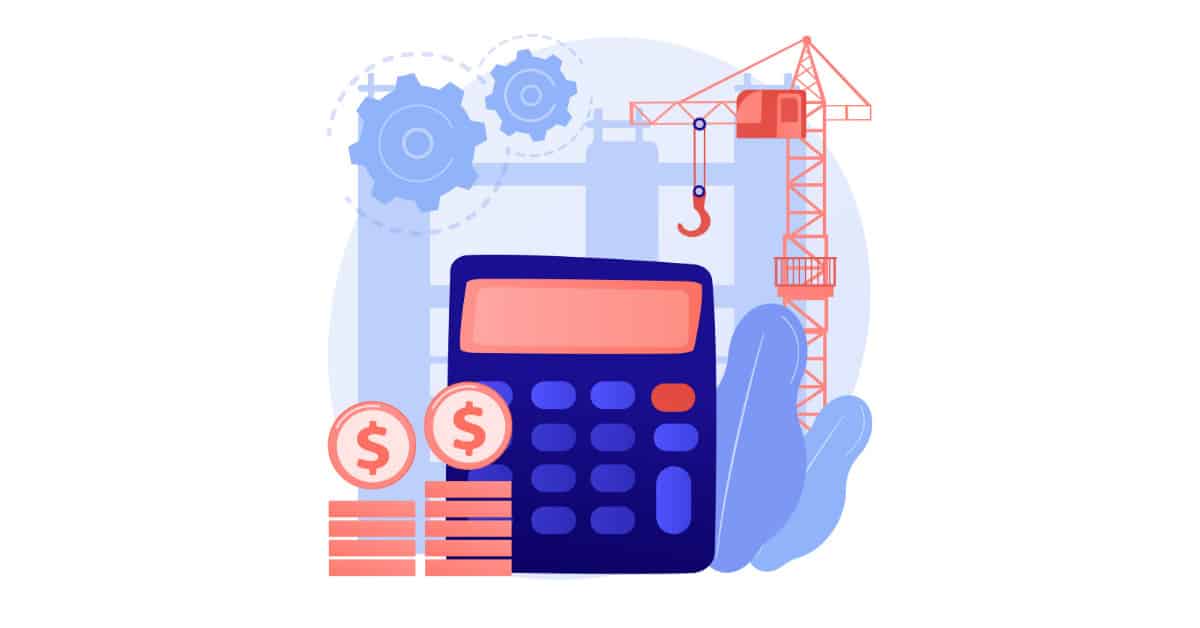How are you going to engage stakeholders? Considered your stakeholders’ requirements? Which stakeholders wield the most influence and power? In what way and when will you reach out to them? Stakeholder engagement is arguably the most important ingredient for successful project delivery, it’s frequently regarded as a supplementary activity or one that can be outsourced to business-as-usual functions.
People are expected to respond to the outputs and benefits that project managers deliver. However, people will only respond if they are interested in what you are saying.
What Are Project Stakeholders?
According to the definition, stakeholders are “people who are actively involved with the work of the project or have something to gain or lose as a result of the project.”
However, we can differentiate between different types of key stakeholders.
What is a Stakeholder Engagement Plan?
In the PMBOK® Guide, Sixth Edition, page 723, the stakeholder engagement plan is described as “a component of the project management plan that identifies the strategies and actions required to promote productive involvement of stakeholders in project or program decision making and execution.”Stakeholder engagement includes attracting and involving individuals, groups, and organizations who may be affected by or affect a project.
How To Communicate with Your Project’s Stakeholders?
Each type of stakeholder has its own set of peculiarities. And as a project manager, you will be responsible for communicating with them.
1.Top management
These are your bosses, and they must give you the go-ahead for any projects or significant changes, as well as bear the brunt of failure (should it occur).
It’s always good to:
- Assign them reporting responsibilities: Should you contact them on a regular basis, for example? If so, do they want a constant stream of information sent to them?
- Utilize Office 365 project management software to manage their involvement. We welcome your thoughts, but they should be kept to yourself and should not be shared publicly. Even though they may not be present at every meeting, a dashboard that provides a snapshot of the project’s current status can keep them in the loop.
You can keep them updated on the project by clearly outlining all of the tasks and updating the progress.
2.Project team stakeholder management
Your team can be a difficult stakeholder to deal with, so be careful. It is they who are directly involved with the project. As the project progresses, clients check in regularly to see how it’s going. It’s important for top management to know if there are any risks and if you’re on the right path. However, your team is right there with you every step of the way. You can improve your communication with them by doing the following:
- Meetings with all team members
- Including them into project planning
- Transparent task management (which is also a bonus for top management involvement)
- Encouraging them to take part fully (feedback).
This way, you’ll be able to effectively collaborate and communicate with your team, as well as dispel any concerns before they become a problem.
3.Customers
Customers may be coworkers or others within the organization who will benefit from this project, depending on the structure of your organization and the scope of the project.
You can manage their engagement by:
- Developing a comprehensive project scope statement to define the project’s requirements and outcomes
- Creating a project plan that includes milestones, check-in points, and so on.
- Clearly communicating their desired outcomes, expectations, and any policy changes.
4.Government
It’s possible that you’ll be working with government officials, depending on your project. Public works and industries such as pharmaceuticals are prime examples of this.
In this case, it’s best to have a government liaison.
It is their job to make sure that everyone is on the same page and that you are in compliance with all applicable laws.
Best Ways to Engage Stakeholders in Your Project
1.Identify stakeholders early
It’s impossible to engage stakeholders if you haven’t identified them in the first place. Commence by identifying the stakeholders who will be affected by your projects as soon as they are launched. Create a project stakeholder register as well.
2.Get stakeholders talking to one another
If possible, invite key stakeholders in your business to our initial project meetings as we are drafting the project charter. Engaging stakeholders and bring up and resolve issues as quickly as possible, will be beneficial to you.
3.Lead with integrity
In order to have a meaningful conversation, you need to have trust. Declare exactly what you intend to convey, and convey exactly what you intend. Keep your word and deliver on your promises.
4.Engage your stakeholders in the estimates
Request estimates from those who will be doing the work. Also, make it clear to stakeholders that the early estimates are subject to greater uncertainty. As the progress of your project, commit to providing more accurate estimates. This can help to engage stakeholders in your project.
5.Work with your team
When it comes to dividing projects into deliverables and tasks, the best project managers work with their stakeholders. This helps everyone understand the project better. Participants are more likely to support a plan that they were involved in the creation of as well.
6.Manage expectations
Each of your stakeholders has expectations, some of which are false. Working with your team will help to clarify many of these project details.
7.Communicate with stakeholders
Project managers spend 90% of their time communicating. A communications plan should be developed, followed, and evaluated. Communication breakdowns can be avoided by using multiple communication channels instead of just one or two.
8.Make Sure Your Meetings Are Working Meetings
To engage stakeholders, you need to make sure your meetings are truly working meetings and that you’re actually getting something done, and people want to be there because when they’re there, they’re part of the decision, they’re part of the input, and if they’re not there, it’s as if they’re missing out on the important work that’s happening to move their project forward.
Make sure your meetings are productive, that they add value, that they advance projects, and that the work is tied to a goal that is important to your stakeholders.
Final thoughts
Managing and engaging stakeholders is just as important as managing any other project risk. A simple approach can go a long way, especially when you know who you’re dealing with and how to communicate effectively. If you develop a trusting relationship and ask one simple question: “What do you need?”. Further, the stakeholder engagement assessment matrix is one of the tools to engage stakeholders.
Read also: Stakeholders vs Shareholders: What Is The Difference?









